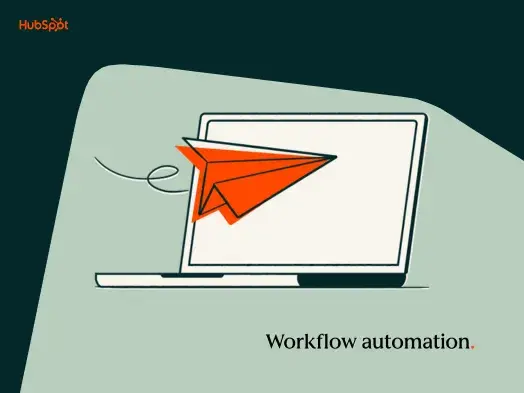By Zoe Bucknell
Financial services companies have been mired in a never-ending slew of new regulations and this does not look set to change anytime soon. Further, the advent of ESG has led to reporting requirements ballooning. It is no coincidence that financial services companies have the largest governance team size on average of any sector, given their need to understand and comply with the complex FCA-regulated frameworks. As governance demands grow, the question remains, what can be done to keep up with them?
With limited scope to grow teams to meet the additional burden, technology holds the key to supercharging governance. As a function, governance and compliance has been slow to adapt to technological changes. There has been a pervasive reliance on outdated systems and manual processes within many organisations, which have left many professionals struggling to keep pace with their increasing responsibilities.
Lagging tech
Even in some of the largest financial institutions in the world, governance and compliance professionals are using the same processes and systems as they have done for decades. It is not unheard of for a global enterprise to manage their global entity subsidiary framework on an excel spreadsheet. The problem with this is that it has placed a productivity ceiling on the governance and compliance function.
As more and more regulations and disclosure requirements are placed on teams, they are severely constrained in their ability to meet them. Most people with governance oversight have been at full capacity for a while. They can only work ever longer hours to catch up. The alternative is to expand the team to increase capability. The scale of the challenge has meant that financial institutions have responded by increasing the amount of resource available to teams. Indeed, according to DMJ Recruitment’s latest survey 63% of governance teams in financial services were expecting to increase headcount in 2023, up from 37% in 2022.
There are necessarily limits to resource and even many expanded teams are still struggling to keep up. However, there is at least one other way to drastically raise the productivity ceiling – implementing technology. A considerable portion of the compliance and governance is spent on administration. This work is critically important but also resource intensive, yet could be easily automated with the right tools. Technological solutions can make administrative tasks significantly quicker and reduce errors. Implementing them not only frees up significant chunks of time, allowing people to achieve much more in the working day, but it also allows them to spend that additional time on higher value work. They can devote more time to strategic thinking and delivering significantly more value for their organisation.
AI – the next phase of disruption
Much of the technological disruption taking place across governance and compliance is catching up with technology that has existed for some time and has already been implemented elsewhere. Now that the benefits of technological adoption are making themselves known, it is likely that the function will be quicker to apply new innovations to further streamline output.
Now that AI is entering the workplace – it will radically change how governance and compliance is conducted. It has the power to provide advanced data analytics and in real-time, enabling organisations to make far more effective decisions and more proactively manage risks by being able to extract actionable insights from vast datasets with the most up-to-date data available at any moment.
AI’s potential by no means stops there. Much of the difficulty with new regulations comes from the fact that because they are new, there are no established frameworks to implement and comply with them. This means professionals must spend hours rigorously creating them, ensuring that they are robust and effective. AI will be able to act as a co-pilot alongside compliance and governance professionals, providing analysis and suggestions which significantly reduce time to implementation of new compliance measures.
Realising the potential
The dawn of AI has the potential to completely revolutionise the world of work. This is no different for those working in governance and compliance. Professionals should not fear this change – AI is unlikely to replace them outright, but it will further streamline roles and allow professionals the ability to be even more strategic. In other words, it will accelerate and accentuate the changes that are already taking place thanks to technology.
How far it disrupts things will depend on how willing companies are to harness its potential. It will also depend on how legislators and regulators set in terms of requirements. For example, with AI, it is possible to imagine a world with no reporting deadlines because it would never need to be filed – all reporting could theoretically be accessed in real-time with fully live metrics. Additionally, AI could provide early warning for when there is a risk of a compliance violation – allowing the function to be more anticipatory and preventative.
We are still in the early days of the AI revolution, and it is almost impossible to predict what its end-state will be. But one thing is for certain, there has never been such a time of radical change in the world of governance and compliance. For those that are ready to embrace this change, AI could be your co-pilot in delivering future fit GRC functions for your organisation.
About the Author
 Zoe Bucknell is CEO and Co-Founder of Kuberno, the global legal entity management SaaS provider for legal and compliance teams, Company Secretaries, and other governance professionals.
Zoe Bucknell is CEO and Co-Founder of Kuberno, the global legal entity management SaaS provider for legal and compliance teams, Company Secretaries, and other governance professionals.











